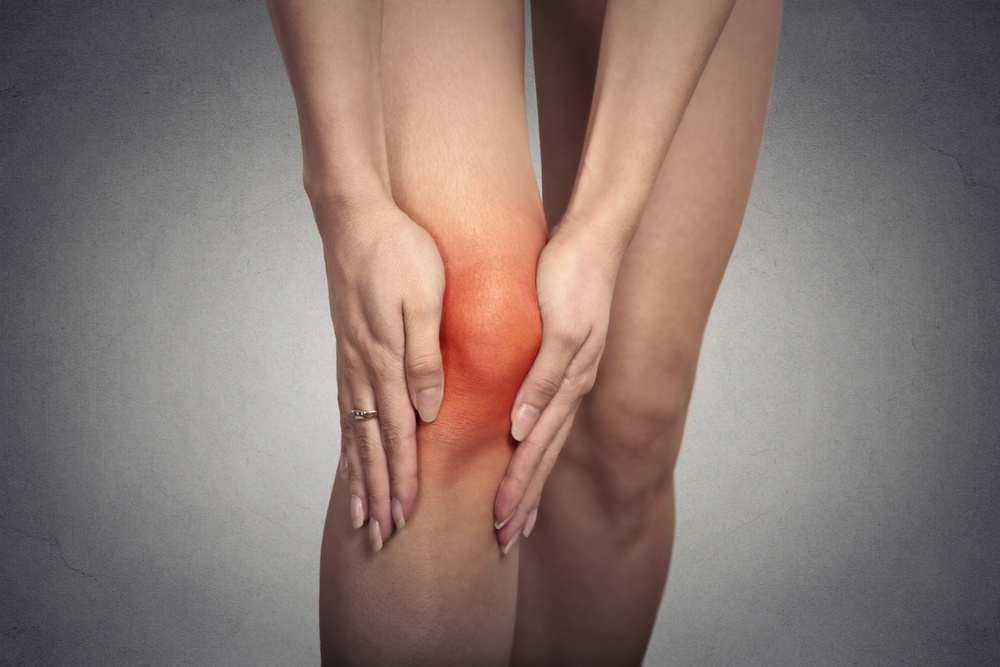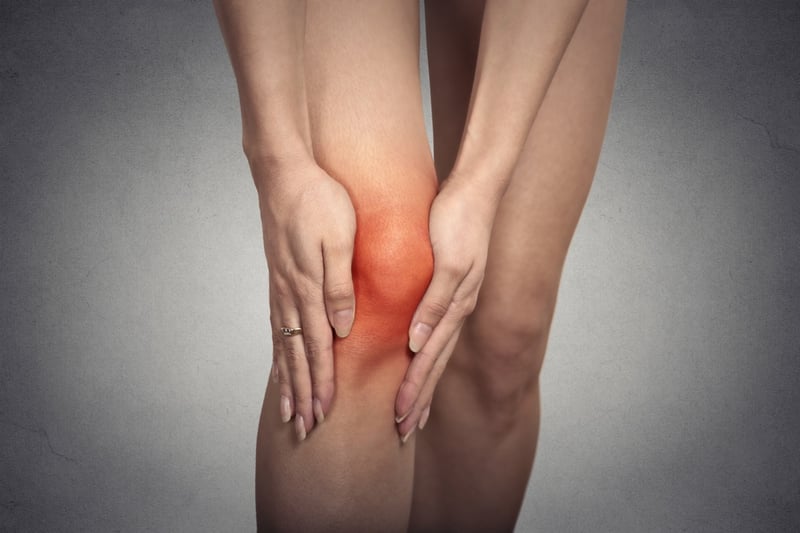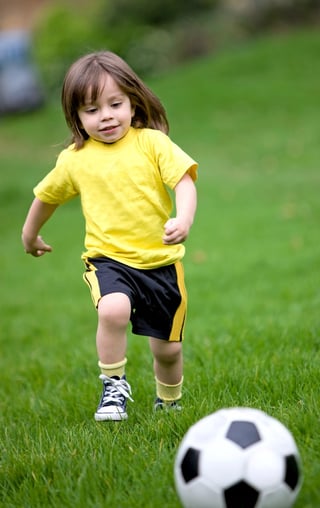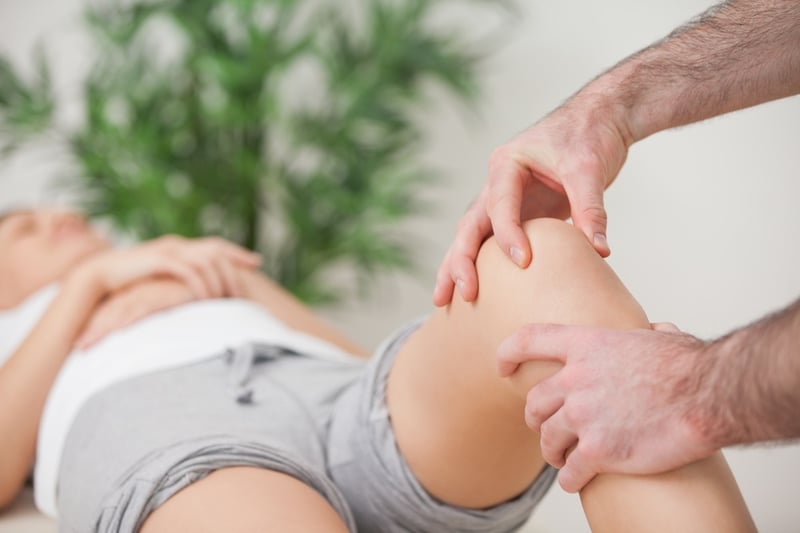Bow Leg Causes, Diagnosis, and Treatment Options

 Bow legs is a condition that can result from congenital problems, disease or injury. The legs are wider apart at the knee than ankle when standing with the legs straight, leading to a characteristic “bowed” look. Bow legs can cause knee pain, particularly with activity. Bow legs are correctable with surgery.
Bow legs is a condition that can result from congenital problems, disease or injury. The legs are wider apart at the knee than ankle when standing with the legs straight, leading to a characteristic “bowed” look. Bow legs can cause knee pain, particularly with activity. Bow legs are correctable with surgery.
What is Bow Legs?
Bow legs – known in the medical world as congenital genu varum – is a common condition among toddlers who have not yet started to walk. The cramped position in the womb and lack of muscle strength in the legs results in bow legs. As the child begins to walk, the legs gradually straighten, and the bow legs disappear by age two. In adolescents and adults, however, the condition will not correct itself, and treatment is necessary.
What Causes Bow Legs?
 In most cases, bowlegs in the US are the result of congenital problems. However, bow legs can also be the result of Blount's disease, rickets, Paget's disease, dwarfism, lead or fluoride poisoning, and poorly healed fractures. Blount's disease is a developmental abnormality more common in females, African Americans, and obese children. Rickets results from vitamin D deficiency. Paget's disease is a metabolic problem that affects the bones' ability to regenerate; it is more common in older people and can lead to bow legs in adulthood. Dwarfism also affects bone growth.
In most cases, bowlegs in the US are the result of congenital problems. However, bow legs can also be the result of Blount's disease, rickets, Paget's disease, dwarfism, lead or fluoride poisoning, and poorly healed fractures. Blount's disease is a developmental abnormality more common in females, African Americans, and obese children. Rickets results from vitamin D deficiency. Paget's disease is a metabolic problem that affects the bones' ability to regenerate; it is more common in older people and can lead to bow legs in adulthood. Dwarfism also affects bone growth.
How Are Bow Legs Diagnosed?
The diagnosis of bow legs is relatively simple. A physical examination and analysis of the patient's gait patterns make it easy to see the deformity. X-rays are also of value in determining how severe the condition is and whether there is bone damage. Since the cause can affect treatment, doctors usually perform blood tests and other imaging studies to check for rickets, Paget's disease or other metabolic conditions related to bow legs.
How Bow Legs Can Lead to Knee Pain
Knee pain with bow legs is typically the result of cartilage loss, osteoarthritis, and/or stress on the supporting structures such as muscles, tendons, and ligaments. When bow legs cause knee pain, it typically becomes worse with age.
Stress on Supporting Structures
The knee is basically a hinge joint, although it can also rotate slightly. It is supported and strengthened by tendons that connect the muscles of the thigh and shin, by ligaments on the sides and inside of the knee joint, and by thick cartilage “shock absorbers” between the thigh and shin bones. Bow legs stress these structures and can cause them to gradually weaken over time. The lack of support can result in pain as the overstressed system tries to function or as muscle cramps occur.
Cartilage Loss
Bones are covered with a thin layer of cartilage that helps protect the bone surface and makes the joint move more smoothly. When the bones in a joint are not properly aligned, the cartilage begins to wear away. Eventually, the bones in the joint begin to rub directly against one another, leading to friction, bone loss, and inflammation that results in knee pain.
Osteoarthritis
Although people often consider osteoarthritis to result from “wear and tear” and associate it with older people, osteoarthritis can occur at any age. It is, however, more common in those who are obese or who perform heavy manual labor. Women seem to be more susceptible to osteoarthritis than men and are more likely to report disabling symptoms. Trauma such as fractures and infections of the bone can result in osteoarthritis.
How is Bow Legs Treated?
Treatment of bow legs varies according to the underlying cause, patient's age and severity of the deformity. Treatment is not usually recommended in infants or toddlers, although a condition such as rickets should be treated. Treatment options consist of conservative measure such as special shoes, braces and casts. However, a surgery called an osteotomy is often the most effective treatment.
What if I Need Surgery for Bow Legs?
 Surgery to correct bow legs is actually a relatively simple procedure, although it usually requires a general anesthetic and a short hospital stay. To straighten the leg and correct the alignment of the leg, a minimally invasive surgical procedure is performed. The procedure is a short one - approximately one hour, with a one-night hospital stay. With only a one-half inch incision, the patient's bone is partially cut.
Surgery to correct bow legs is actually a relatively simple procedure, although it usually requires a general anesthetic and a short hospital stay. To straighten the leg and correct the alignment of the leg, a minimally invasive surgical procedure is performed. The procedure is a short one - approximately one hour, with a one-night hospital stay. With only a one-half inch incision, the patient's bone is partially cut.
The leg is then straightened with the help of an external fixator. The fixator is applied to the outside of the leg through one-quarter inch incisions. This fixator helps to strengthen the leg and aids in supporting the bone as it heals. Physical therapy is required and you will need to use crutches for several months.
Bow legs can cause knee pain as well as a number of associated problems such as cartilage loss. Although the condition cannot be cured, it is treatable. If you have knee pain from bow legs, consult an orthopedic surgeon for an assessment.

